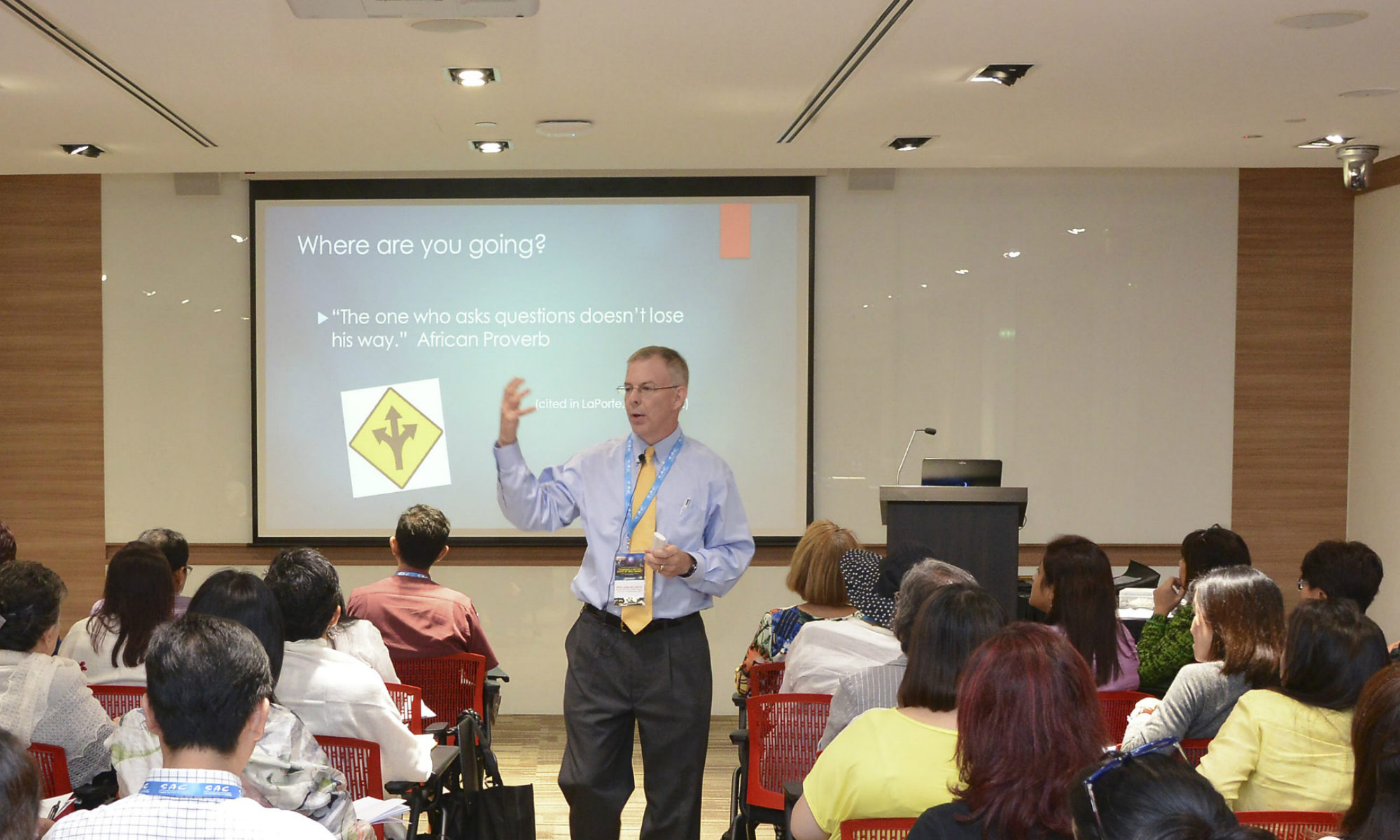“Why that old clarinet benefits your brain” can be found here:
Re-starting in late adulthood: A time for creative zest
Starting something—a diet, a workout regimen, or a new language—can be challenging. Two steps forward, one step back. Making mistakes, then making more mistakes, and sometimes not recognizing the progress made.
Starting something later in life, such as after retirement, comes with its own challenges. Yet, at the same time, it is a period filled with tremendous creative potential.
In her book It’s Never Too Late to Begin Again, Julia Cameron makes precisely this point. She started piano lessons at age 60, and, even after five years of practice, she still considered herself a beginner. (She added that her piano teacher applauded her great progress over this time.)
Why might retirement—a stage when “free time” suddenly appears—be a time when creative ventures go unexplored?
Cameron pointed to one clear possibility: vulnerability. After a work life and a family life full of achievements, the “beginning again” exposes people. Following a rewarding young and middle adulthood, the ensuing stage of older adulthood may be one of hesitation in starting something anew.
In Cameron’s words, “Often, when we say it is ‘too late’ for us to begin something, what we are really saying is that we aren’t willing to be a beginner” (p. 7). After all, the words “novice” or “amateur” or “elementary” aren’t praiseworthy descriptors in older adulthood.
But not for everyone.
Consider Oh Yul Kwon, a professor emeritus at Griffith University in Australia who retired in 2013 and lives in Vancouver, BC. Never an athletic type growing up, he started running at age 60 after an elbow injury sidelined him from tennis. It was his daughter, a runner and triathlete herself, who then suggested running to him. At first the idea seemed a bit unusual. In his mind, running was boring. He recalled watching a colleague during a marathon and wondered, “Gee, how could people do that?”
Dr. Kwon ran his first marathon at age 68 in Brisbane, though he likely didn’t foresee where his “restart” would take him.
In 2016, a month after turning 80, he ran his second Boston Marathon. He finished in 22,064th place. Completing a marathon at any age is an accomplishment, but this came with a special amount of pride. Shortly after crossing the finish line, his son told him that he had “won” the race, coming in first place in the men’s 80+ age group.
He credits his mental sharpness to running. “When I run,” he told me, “I do a lot of mental exercise” that includes reciting poems and doing calculations.
Dr. Kwon isn’t sure exactly many marathons he has run in his “restart.” The number is somewhere over 30, and altogether he estimates having crossed over 100 finish lines since his running ventures began.
His most recent accomplishment was completing the 2024 Vancouver Half Marathon, an event featuring over 4500 runners.
He has plans for another 13.1-mile race in Korea in the Fall. “I will run until I collapse,” he told the CBC News in 2016.
Dr. Kwon’s running restart typifies Cameron’s notion of beginning again, even when, in this case, it started with one step. As she wrote, “There is no such thing as a time that is ‘too late’ to begin a creative endeavor” (p. 111).
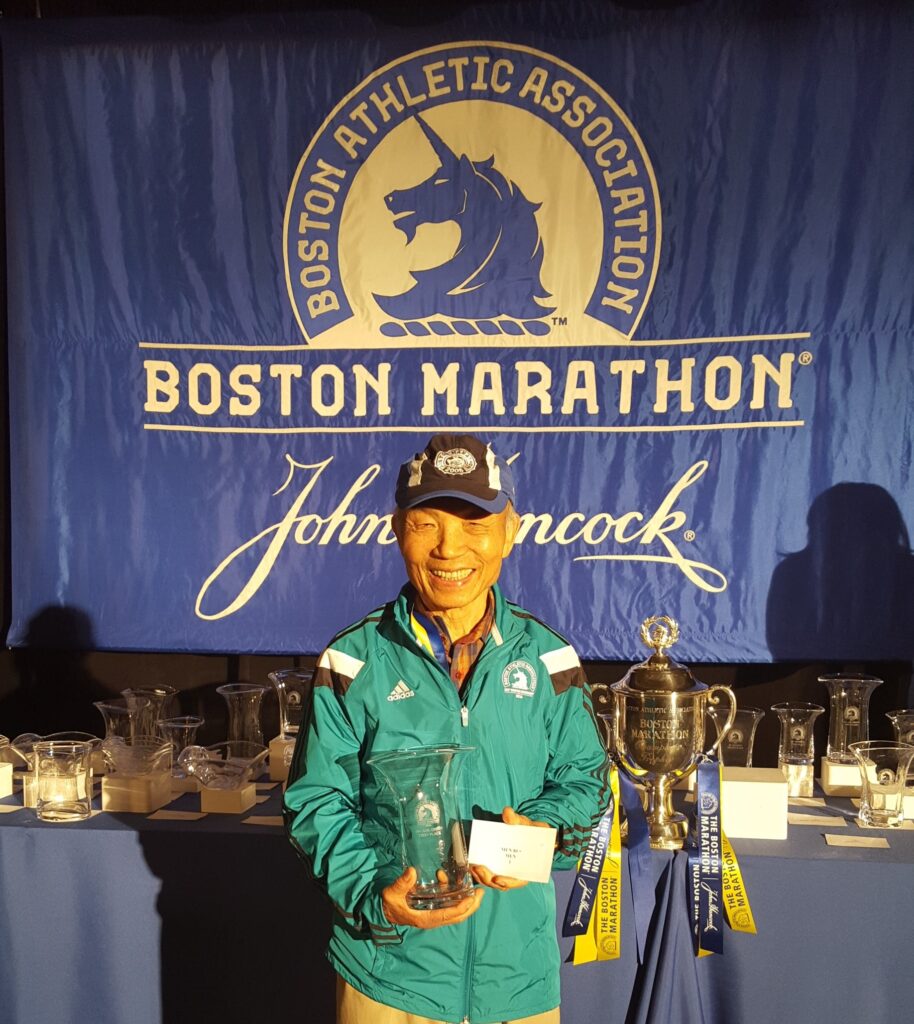
Photo credit: Oh Yul Kwon
References:
Cameron, J., & Lively, E. (2016). It’s never too late to begin again: Discovering creativity and meaning at midlife and beyond. TarcherPerigee.
Fisher, G. (2016, April 30). 80-year-old Boston Marathon champ from B.C. aims big for BMO Vancouver Marathon. CBC News. https://www.cbc.ca/news/canada/british-columbia/80-year-old-boston-marathon-champ-from-b-c-aims-big-for-bmo-vancouver-marathon-1.3560887
Newest blog for Psychology Today: September 3, 2023
Newest blog for Psychology Today: July 24, 2023
2000 NCAA: Kentucky 85, St. Bonaventure 80 (2OT)
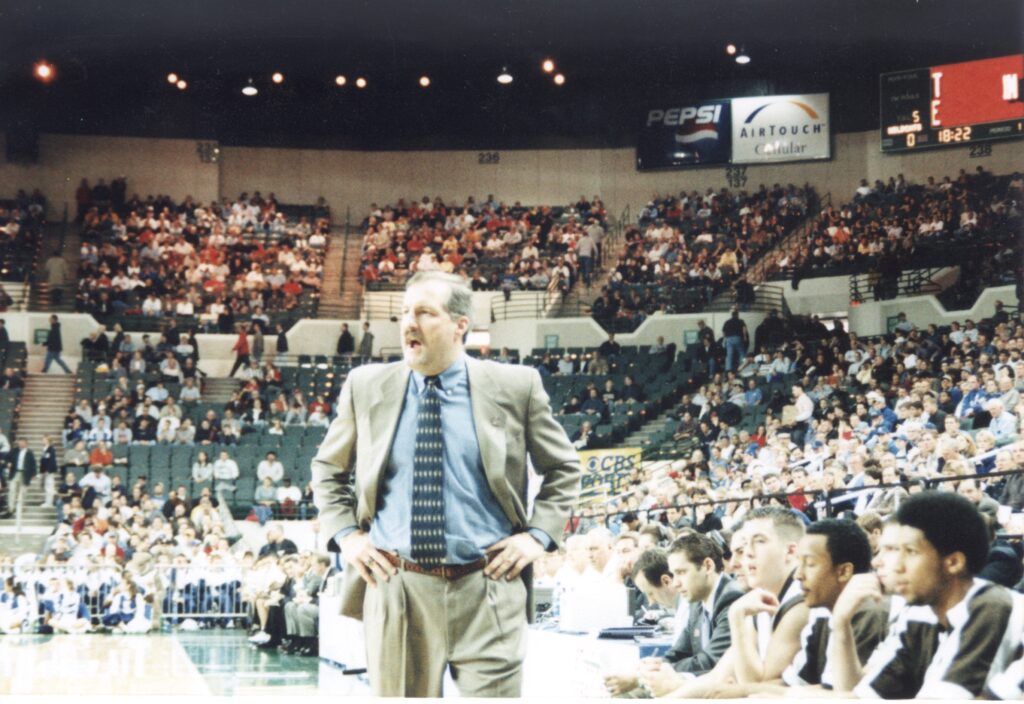
Coach Jim Baron on the sidelines during the Kentucky game [Photo credit: St. Bonaventure University Archives]
Both St. Bonaventure (SBU) and the University of Kentucky had storied basketball programs, but had never faced each other.
That changed on a Thursday afternoon on March 16, 2000, in the Cleveland State University Convocation Center. The Bonnies, decided underdogs in the first round NCAA game, brought 21 wins to the contest before losing to Kentucky in double overtime, 85-80. In a 2020 CBS Sports article by Matt Norlander, the game was ranked (#46) as among the 101 most exciting games in modern NCAA history.
At 22-9, Kentucky Wildcats fell to Arkansas in the first round of the SEC Tournament, 86-72, but success emanated in Lexington. While only in his third year in Lexington, head coach Orlando (“Tubby”) Smith boasted a .794 winning percentage.
Despite the difficult draw for Baron’s squad, the game was momentous for the St. Bonaventure program: Its last NCAA visit was 22 years prior, a 92-83 loss to Pennsylvania where Greg Sanders scored 30 points.
Kentucky’s front line of Tayshaun Prince, Jules Carnara, and Jamaal Magloire (6-9, 6-11, and 6-10) averaged 18 rebounds and 33 points. The Wildcats—the tallest team among the 64 in the NCAA that year—presented a formidable challenge for the Bona frontcourt of Peter Van Paassen (6-11), Caswell Cyrus (6-9), and David Messiah Capers (6-3).
Yet Jim Barron, the Bona head coach in his eighth season, was undeterred. In a recent interview, he recalled his reaction to the NCAA pairing, thinking “this is the greatest matchup in the country.” In addition, the game was slated to be played in Cleveland, an advantage in his eyes. “We’re closer to Cleveland than they [Kentucky] are,” he added, knowing that the Bona fan support would be “monstrous.”
Baron and his #12 seed Bonnies never lost more than two in a row throughout the season and won the Sparkletts Invitational in California the previous November. About six weeks later, nearly 6200 fans crammed into the Reilly Center to see the Bonnies upend Temple, a Top 25 team, 57-56.
It won five of the last six entering the NCAA, only losing to #6 Temple in the Atlantic 10 tournament. Baron expected a tournament bid. “I absolutely felt that we definitely deserved it by what we did in our league,” he recalled.
Yet what about facing Kentucky, one of the winningest programs in history? “I thought it was the best matchup in the country,” Baron said. Part of the potential Bona edge was the Cleveland venue and its proximity to St. Bonaventure. He knew that the Bonnie crowd would be “monstrous.” Besides which, Baron had faith in his squad, calling them a “tremendous team.”
Even John Chaney, the famed Temple head coach, boldly predicted a Bona win over the #5 seed Kentucky. In his view, the trouble for Kentucky would be in containing 5-10 senior point guard Tim Winn. Meanwhile, former SBU coach Jim Satalin was quoted as saying, “…I guarantee you the Bonnies won’t be intimidated by Kentucky.”
While 13,500 fans were filling the arena in Cleveland, the pre-game warm-ups added to the underdog role for St. Bonaventure. In an Olean Times Herald (OTH) story, Winn related a story where Kentucky players shot at the Bona basketball while the team stretched. “We would never go shoot at your [Kentucky] basket while you’re stretching,” he said. “I wonder if they were playing Syracuse if they would shoot while they were stretching.” Winn, however, didn’t confront the Kentucky players, adding that he wanted his teammates to “keep that frame of mind.”
The Bonnies led by as much as 10 points in the first half, but a 23-5 Kentucky run at the end of the first frame ended with a 36-28 Wildcat edge. Kentucky extended its lead to 13 points before the Bonnies rallied to tie the score at 54 behind one of first-year guard Patricio Prato’s four three-pointers. The Bonnies took a three-point lead into the closing seconds of regulation before Prince nailed a three-point shot—his fifth of the game—for Kentucky with 7.1 seconds left. Two overtimes ensued with a total of 39 points.
The first overtime saw Van Paassen fouling out with 1:50 remaining and Kentucky holding a one-point lead. Prato picked up his fifth foul with 45.9 points and left with a 20-point effort. Down 72-68 at that point, the Bonnies turned the ball over 10 seconds later. Kentucky extended their lead to 73-68 with a free throw and 28.4 seconds left in the initial overtime. J.R. Bremer, a 65% free throw shooter, made two of three from the line to cut the lead to 73-70.
Winn’s left-handed layup from under the Wildcat basket, coupled with a post-foul free throw, found the Kentucky margin cut to one point with 8.7 seconds left.
Messiah Capers’ heroics were responsible for the second overtime. Fouled with .4 second left and the Bonnies down by three points, the 56% foul shooter made three straight free throws despite Kentucky timeouts interspersed in the process. In a post-game OTH story, he said, “The guys came over to me before the free throws and they told me whatever happens, if you make them or miss them, we still love you. So I went up there, hit them and gave us another chance.”
The Bona offense stalled in the second overtime, as it failed to score in the final three minutes. Down by a point with 11 seconds remaining in the second overtime, Kentucky grabbed a three-point lead. Winn nearly landed a three-pointer in the closing seconds before time ran out with the scoreboard reading, “Kentucky 85, St. Bonaventure 80.”
The loss came down in part to team shooting: St. Bonaventure was 29 of 77 (.377) from the floor, while Kentucky made 28 of 56 (.500). The Bonnies made 13 of 22 from the free throw line, far below Kentucky’s 23 of 35 output.
“I really felt we were going to win the game. I really felt we were the better team that day,” Baron said.
In the end, Kentucky had only a narrow edge on the boards, 46-42. Cyrus dominated both sides in collecting 18 rebounds, the most since Tim Waterman collected 18 boards in a win over VCU in 1979. (The only technical foul of the game? Cyrus was whistled for hanging on the rim with 5:25 left in regulation.) The Wildcat’s height advantage fell short in the paint, as Bona outscored Kentucky there, 36-28.
Bona fell to 6-7 in its NCAA tournament visits, but the narrow loss to Kentucky was massive in bolstering the program. “I was just so proud of our players, our staff, of the administration, and the fans and the community,” Baron said.
National Bad Idea Day?
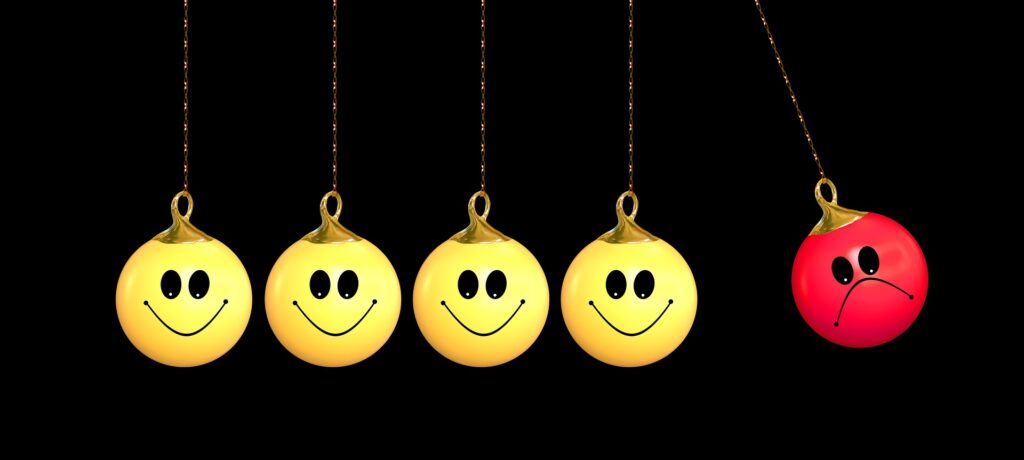
Image: geralt/Pixabay
I searched without success. Yes, I consulted the National Day Calendar, and it wasn’t there.
I’m saddened to tell you that you missed “National Talk Like Shakespeare” Day (April 23). Perhaps that news doth brings warm cheer to your heart. Ironically it was the same exact day as “National Take a Chance Day,” which presented an opportunity for the most reluctant to move out of their comfort zone.
But I couldn’t find it: National Bad Idea Day. I guess that it doesn’t exist.
The closest theme was International Day of Failure, an event sparked by students at Aalto University in Finland who reasoned that honoring failure would help entrepreneurs with their failure phobia and prompt more start-ups in the country. Started in 2010, the Failure Day has mistakenly—er, intentionally—caught on in 17 other countries.
Yet even International Day of Failure doesn’t capture what I was searching for. I’m seeking that day of failures that didn’t morph its way to success.
Take McDonald’s, for instance. In 2014, the restaurant chain tested bubble gum that tasted like broccoli. The idea didn’t sprout, but the rationale behind the attempt was clear. The idea, according to a chief executive at the time, was to encourage healthy eating among kids. However, the young tasters who tried the gum were confused by the taste. Mixing broccoli with gum didn’t match the success of pairing, say, peanut butter and chocolate.
Bad ventures like this need to be saluted in a National Bad Idea Day. I give credit to McDonald’s for some courageous thinking before being stopped by possible young bubble-blowing customers.
Dr. Tina Seelig (2009), the Director Emeritus of the Stanford Technology Ventures Program, described a “worst idea” exercise for classes to show the value of seemingly not-so-great ideas. After settling on a problem troubling a certain industry, such as attracting more customers to a theater, the groups of students develop a best idea and a worst idea for the challenge. To the shock of students, she shreds the collection of “best ideas” before directing them to take the “bad ideas” and transform them into good ideas.
The exercise points to possibilities. In her words, “This exercise is a great way to open your mind to solutions to problems because it demonstrates that most ideas, even if they look silly or stupid on the surface, often have at least a seed of potential” (Seelig, 2009, para. 5).
Planting that broccoli seed may be an invaluable idea in some way, enough so that it is not even mentioned on a National Bad Idea Day.
References:
National Day Calendar. (2023, April 23). What day is it? https://nationaldaycalendar.com/what-day-is-it/
National Today. (n.d.) International Day for Failure–October 13, 2023. https://nationaltoday.com/international-day-for-failure/
Picchi, A. (2014, November 14). Why McDonald’s created bubble gum-flavored broccoli. CBS News. https://www.cbsnews.com/news/why-mcdonalds-created-bubble-gum-flavored-broccoli
Seelig, T. (2009, August 13). The worst—I mean BEST—idea in the world. Psychology Today. https://www.psychologytoday.com/us/blog/creativityrulz/200908/the-worst-i-mean-best-idea-in-the-world
Yuko, E. (2023, February 7). 125 interesting facts about practically everything. Reader’s Digest. https://www.rd.com/list/interesting-facts/
Thanks to Beirut attendees
It was a joy to be with everyone at the workshop on “Creative thinking: Ways to Flourish and Innovate” in Beirut yesterday. Thank you for your positive energy and tremendous participation. My best wishes in creativity thinking are sent to all of you!
Beirut workshop: April 29, 2023
Please feel free to join me in Beirut on Saturday, April 29. More information is attached.

A wonderful quote…
…seen at the Museum of the Future in Dubai on Saturday.
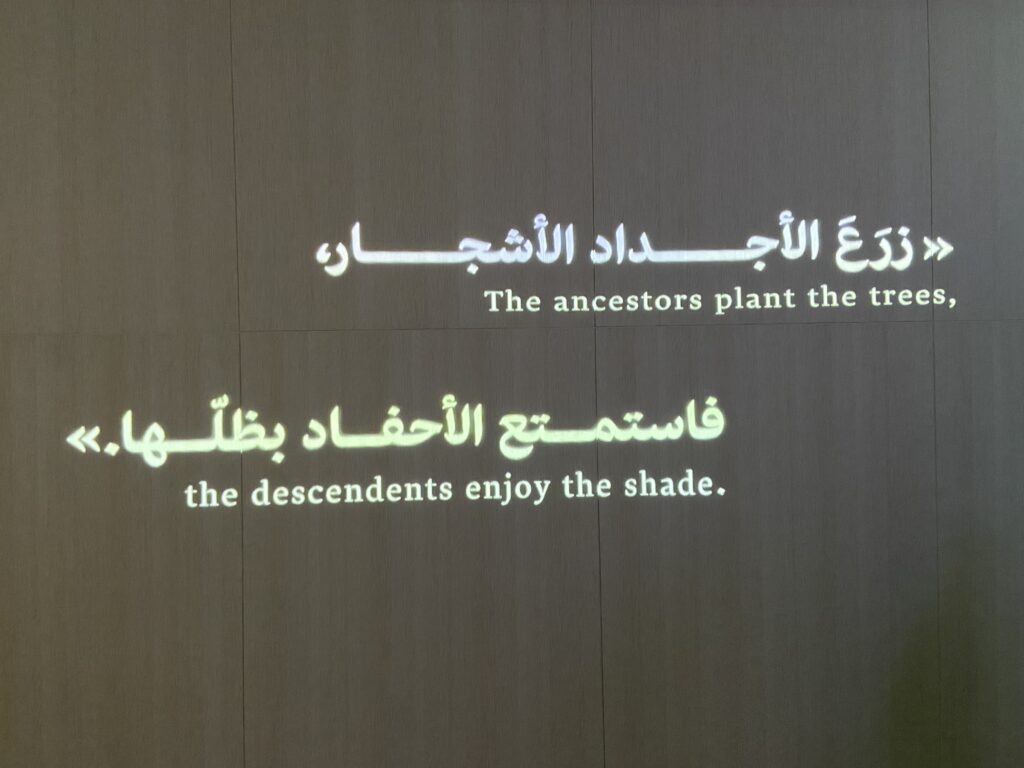
Middle East Psychological Association: 2023 conference
My sincere thanks to Dr. Joanne Hands, president of the Middle East Psychological Association (MEPA), and the organizing team for a tremendous 2023 conference and expo! It was an exceptional event.


